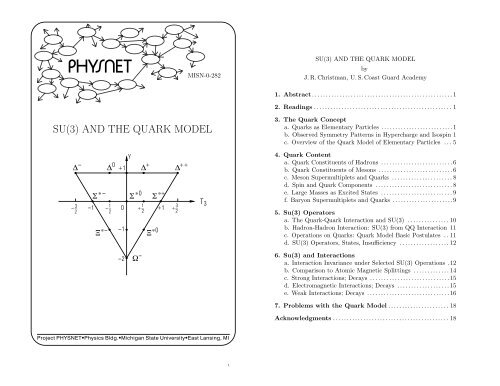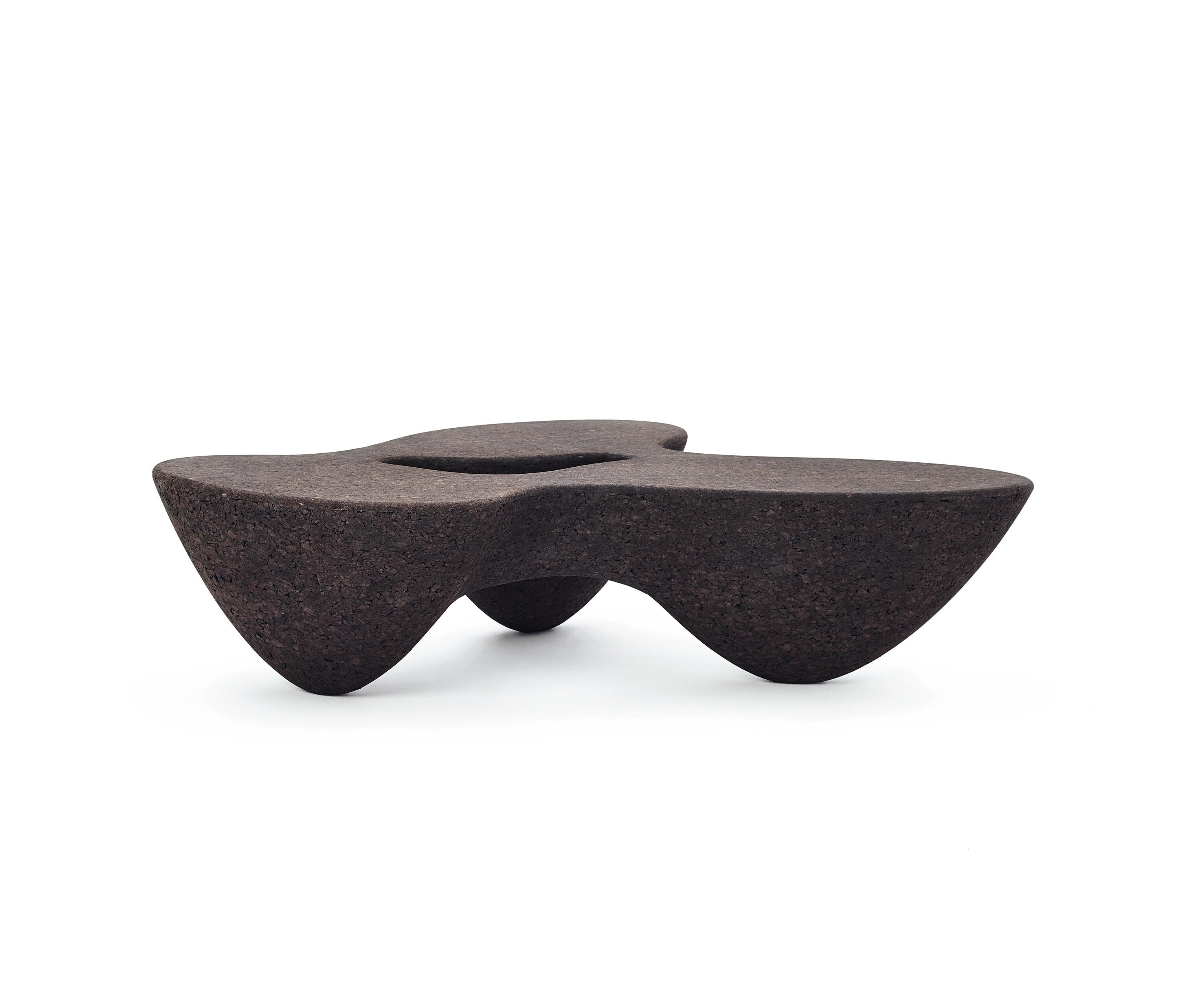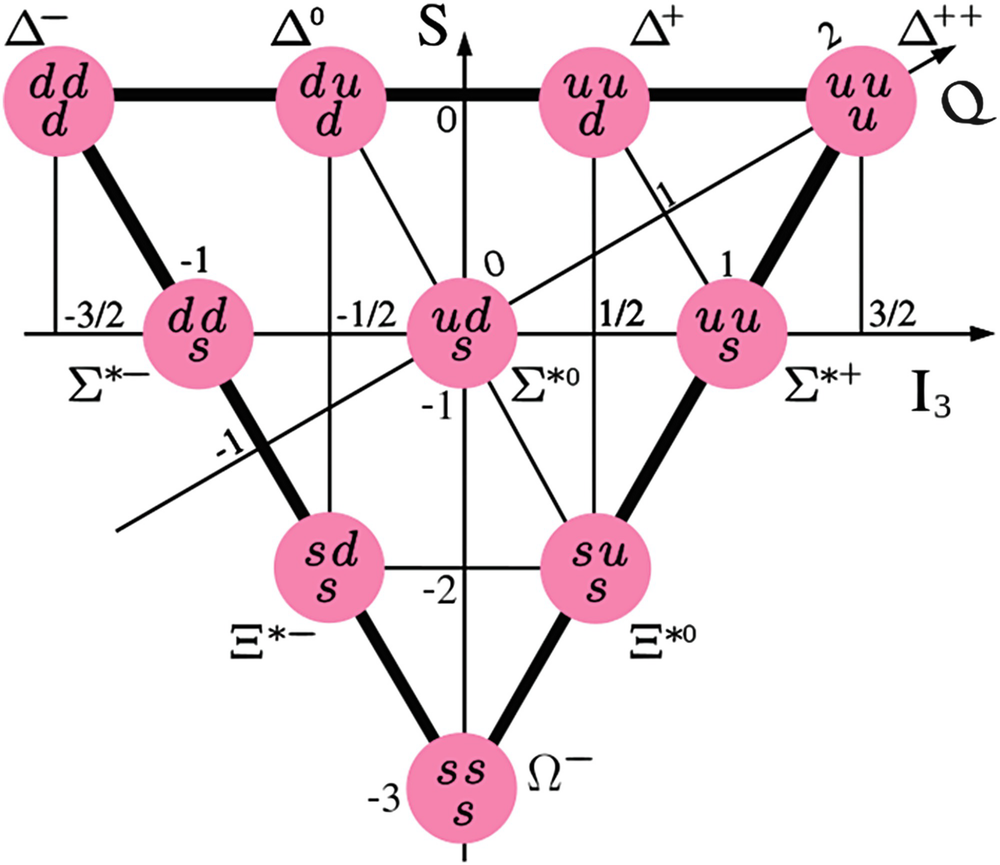

*The masses should not be taken too seriously, because the confinement of quarks implies that we cannot isolate them to measure their masses in a direct way. There was a recent claim of observation of particles with five quarks ( pentaquark), but further experimentation has not borne it out. Quarks are observed to occur only in combinations of two quarks (mesons), three quarks (baryons).

The most familiar baryons are the proton and neutron, which are each constructed from up and down quarks. They can successfully account for all known mesons and baryons (over 200). In the present standard model, there are six "flavors" of quarks. This page was last updated June 27, 2015.Quarks and Leptons are the building blocks which build up matter, i.e., they are seen as the "elementary particles". The strong force acts to create a particle called a pion, which transmits the force between the composite particles. The situation with the strong force is a bit different, however. This happens because the negative and positive charges are displaced from each other, so that the cancellation is not perfect. Well, we see a similar phenomenon in electromagnetism: neutral molecules are sometimes held together by a Van der Waals interaction, which is electromagnetic. (Just to confuse you, there's actually another SU(3) symmetry related to quarks, between the "flavors" instead of the colors-but it's only approximate, and it's only even close to being true for the three lightest flavors of quark.)īy the way, you might be wondering how, if protons and neutrons are colorless, they are held together in nuclei by the strong force. Of course, I haven't told you what this really means-for that, you should read an introductory book on particle physics. These tranformations are elements of another group called "SO(3)", which is related to SU(3).) This symmetry under SU(3) transformations is what makes it the SU(3) quark model. You'll see that rotations by 120 degrees, by 240 degrees, and by 360 degrees leave it just as it was before. (To see what this means, think about the rotations that leave a triangle unchanged.

In addition to being colorless, they must also be unchanged when acted on by what are called "SU(3) transformations". We can actually say something more about the color properties of observed particles. A particle made of a red, a blue, and a green quark is colorless (and similarly for anti-red, anti-blue and anti-green quarks) just like layering red, blue, and green light filters will pass no light of any color-hence the choice of colorful labels. An additional feature of color charge which is absent from electric charge is the possibility of combining three quarks into a colorless particle. Just like you can combine a negatively charged electron with a positively charged proton to make a neutral hydrogen atom, you could combine, say, a red quark with an anti-red quark to make a colorless particle. The advantage of using colors as labels appears below.)Īll observed particles are colorless. We could also have used Moe, Larry, and Curly. (The colors red, green and blue are just labels that were chosen. While electric charge consists of only positive and negative, the charge of the strong force consists of positive red, negative red, positive blue, negative blue, positive green and negative green (more commonly called red, "anti-red", blue, anti-blue, green, and anti-green). Like the electromagnetic force, the strong force responds to a kind of charge, but in this case there are three different varieties of charge. They're held together by the "strong force". Quarks are the particles that make up protons and neutrons (and many other things). I'll give the quick answer in the second-to-last paragraph, but first a bit of background for the uninitiated.


 0 kommentar(er)
0 kommentar(er)
